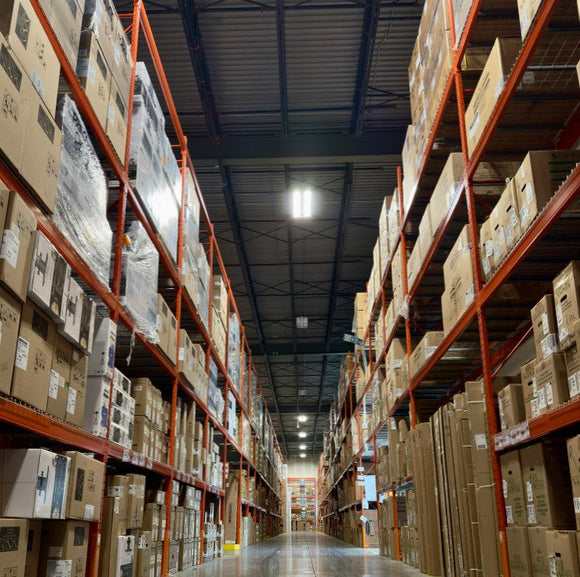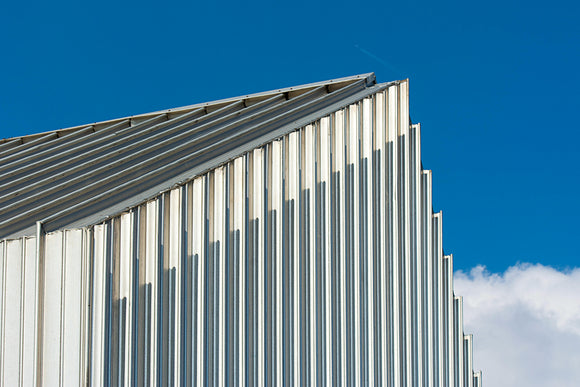
Why Are Hurricane Panels Essential for Coastal Homes?
Shalini Gupta

Living near the coast is beautiful—sunny mornings, relaxing ocean sounds, and amazing views. But coastal homes also face a big risk: strong storms and bad weather. Hurricane Panels help protect these homes by acting like a strong shield against wind, rain, and flying debris during storms.
The Rising Threat to Coastal Properties
The Atlantic hurricane season officially spans from June to November, but for many coastal homeowners, the anxiety lasts year-round. With climate change intensifying the frequency and severity of storms, living near the ocean has never been riskier. Tropical systems are arriving stronger and more unpredictable than ever before. In 2022 alone, the United States experienced over $100 billion in weather-related damages, much of which was concentrated in coastal zones.
Homes near the water are especially vulnerable due to several factors: high wind exposure, storm surges, and flying debris. It doesn’t take a Category 5 hurricane to cause significant damage—often, it’s the wind-driven rain and broken windows that lead to expensive repairs, mold growth, and structural weakness. This is where Hurricane Panels make a difference.
Does Hurricane Fabric Really Work?
For many people, hurricane fabric sounds too good to be true. But the reality is that it's been shown to be effective at protecting homes from strong winds and flying debris.
What Makes Hurricane Panels Different?
Unlike traditional plywood boards or decorative shutters, storm panels are engineered for impact. These systems are made from materials like galvanized steel, aluminum, or polycarbonate and are designed to absorb the force of flying debris without giving way. Some are even tested to withstand wind speeds equivalent to a Category 5 storm.
Panels are typically installed over windows, sliding glass doors, and other vulnerable openings. When a storm is imminent, homeowners can quickly mount the panels into pre-installed tracks or bolt them into place using a set of anchors. Once secured, the barrier helps prevent shattered glass, broken seals, and dangerous interior pressure changes that could lead to roof failure.
Real-Life Scenarios: Damage Prevention That Matters
After Hurricane Ian swept through Florida’s Gulf Coast, multiple homeowners reported a stark contrast in outcomes. Those who had installed panels beforehand saw little more than minor cosmetic damage. One homeowner in Cape Coral said, “We lost power, sure, but every window was intact. Not even a scratch on the glass.” Meanwhile, unprotected homes on the same block faced shattered windows, destroyed interiors, and insurance battles that lasted months.
This isn’t an isolated case. Across storm-prone states like Louisiana, Texas, the Carolinas, and Florida, storm panels have repeatedly proven to reduce property damage and speed up recovery.
Understanding Panel Materials
The most common materials for these protective systems include:
-
Aluminum: Lightweight, rust-resistant, and relatively easy to install. Popular with homeowners due to ease of handling and storage.
-
Galvanized Steel: Heavier but extremely strong. Often used in areas with higher storm risk or for commercial applications.
-
Polycarbonate: Transparent and impact-resistant. Offers visibility and light transmission, making it ideal for long-term deployment or second-story windows.
Each material comes with trade-offs. Steel is stronger but harder to handle. Polycarbonate lets in light but costs more. Homeowners often use a mix depending on where the panel will be installed and what kind of access is available.

Compliance and Insurance Considerations
In many coastal counties, building codes require storm protection for new homes. These codes are not suggestions—they’re mandatory. Installing certified panels helps ensure compliance and can simplify the permitting process during renovations or when selling a home.
Beyond local regulations, there are financial incentives too. Insurance providers in hurricane-prone areas often reward proactive protection measures with lower premiums. Some states even offer rebates or tax credits for homeowners who invest in storm mitigation systems.
Easy Deployment and Storage
One of the advantages of removable panels is flexibility. You don’t need to compromise your home’s aesthetic by installing permanent fixtures that block your view year-round. When a storm is forecasted, panels can be taken from storage and mounted quickly, especially with modern track systems.
When not in use, they stack tightly in your garage or shed. Unlike plywood, they won’t warp over time, and unlike motorized shutters, they don’t require an electrical hookup or remote control system. This balance of function and simplicity makes them appealing for both full-time residents and vacation homeowners.
Not Just for Homes: Panels for Garages, Sheds, and Businesses
While homeowners are the primary users of storm panels, these systems are also being adopted by small business owners and property managers in coastal towns. Shops with large display windows, garages with minimal structural framing, and sheds holding valuable tools or vehicles are all vulnerable during storms.
Protecting these spaces not only secures physical assets but also ensures you’re back in business faster after the skies clear. For small operations that can’t afford long downtimes, storm panels provide vital security.

The Bigger Picture: Why Preparation Matters
Let’s be honest—storms are stressful. But there’s a difference between being caught off guard and being confidently prepared. Installing storm protection isn’t just about protecting your walls or your windows. It’s about making sure your family, your pets, your keepsakes, and your peace of mind are protected.
Hurricanes are unpredictable. Their paths can change, their wind speeds can intensify, and their damage can be widespread. Panels provide homeowners a crucial head start in preparing for whatever nature has in store.
At MyUBI, we believe in empowering coastal homeowners to take action before disaster strikes. That’s why we offer solutions that balance affordability, strength, and ease of use—because the right time to prepare isn’t later, it’s now.
If you own a property near the ocean, don’t wait for the next storm warning to act. Invest in durable, tested protection today. A single Hurricane can cost thousands in damage—but the right Panels can stand between your home and the chaos. In a world where storms are getting stronger, being ready is no longer optional—it’s essential.



